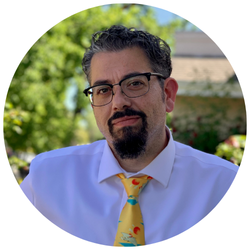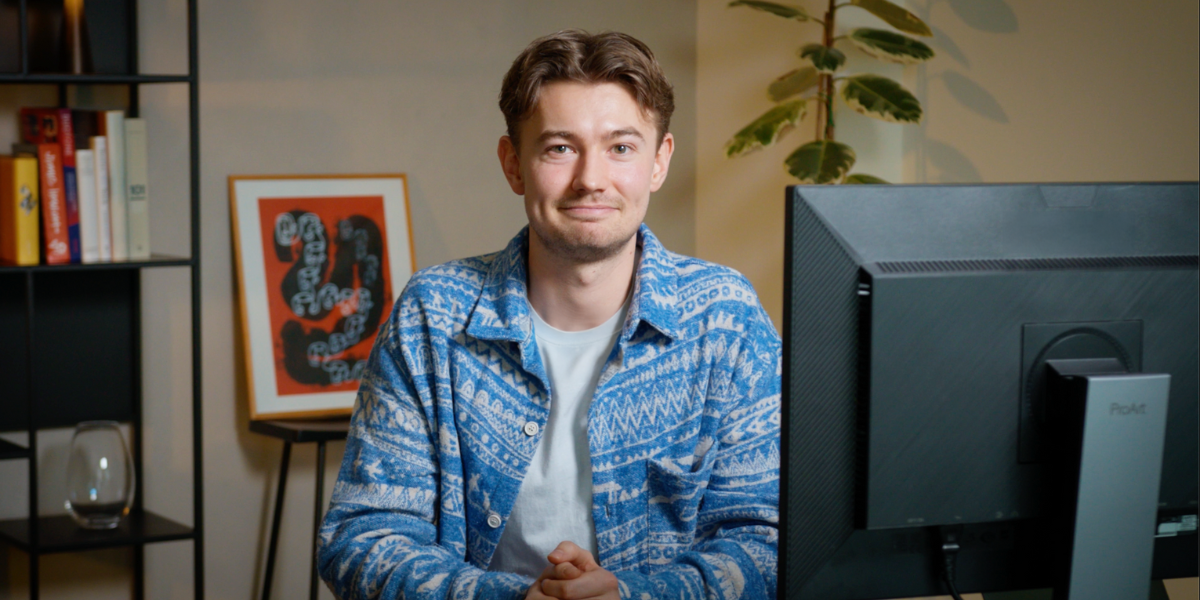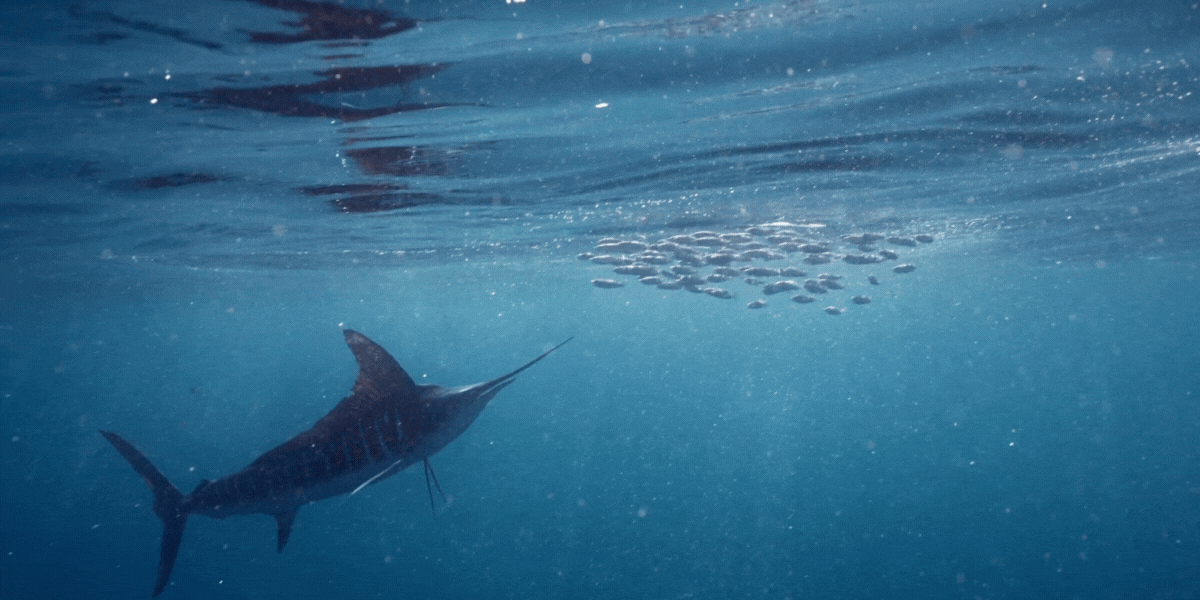Écrire consiste en grande partie à gérer son temps. Les délais sont longs, mais les mots ne s'écrivent pas tout seuls. Apprendre à gérer son temps vous épargnera bien des soucis.
Mais qu'en est-il lorsque les mots ne viennent pas ?
Il faut toujours écrire. Et les sprints d'écriture sont une excellente source de motivation pour beaucoup, leur permettant de traverser certaines périodes difficiles.
Il s’avère qu’un peu de compétition – avec les autres ou avec vous-même – peut vraiment vous pousser jusqu’à la ligne d’arrivée.

Sprints communautaires
Les sprints d'écriture en tant qu'activité sociale m'ont été présentés pour la première fois lors de ma participation au défi de novembre de NaNoWriMo pour le Mois national de l'écriture de romans .
Les « agents de liaison municipaux » du NaNo dans chaque région organisaient des rencontres et des séances d'écriture afin d'offrir un peu de structure et de responsabilisation aux auteurs qui le souhaitaient. Lors de ces séances, l'animateur réglait un chronomètre (généralement de 5 à 30 minutes), et celui qui écrivait le plus de mots dans ce laps de temps remportait le sprint.
Le meilleur sprint d'écriture en groupe auquel j'ai participé s'est déroulé chez un chocolatier. Le gagnant avec le plus de mots a été récompensé par un chocolat artisanal. Quelle motivation !
Il existe également des communautés en ligne qui organisent des sprints, notamment la Freewrite Fam ! Inscrivez-vous à notre liste de diffusion pour être informé(e) de chaque sprint.
Parfois, tout ce dont vous avez besoin pour vous concentrer, c'est d'un peu de compétition.

Sprints en solo
Écrire n'est pas toujours aussi social, et notre monde regorge de distractions, que l'on soit entre amis ou seul. Je sais que lorsque je suis seul dans mon bureau, en train d'écrire quoi que ce soit, que ce soit des articles comme celui-ci ou mon nouveau livre, il est facile de se laisser distraire par les réseaux sociaux, les recherches, les enfants – et tout ce qui pourrait distraire ma concentration.
Ce que je fais dans ces cas-là, c'est de sortir mon Freewrite et d'utiliser la technique Pomodoro.
Il s'agit d'une technique de concentration populaire inventée à la fin des années 1980 par l'étudiant universitaire Francesco Cirillo qui s'est retrouvé dépassé par ses études.
Cirillo utilisait un minuteur de cuisine en forme de tomate (« tomate » se dit pomodoro en italien) pour se consacrer vingt-cinq minutes à une tâche écrasante, puis s'accordait une pause de cinq minutes. Après cette pause, il répétait le processus. Après trois ou quatre cycles, il prenait une pause plus longue de trente minutes.
Il s'avère que ce type de méthode fonctionne à merveille pour moi, comme pour beaucoup d'autres écrivains. Personnellement, je préfère de loin cinq minutes de concentration, une minute de repos, puis une pause de dix minutes après cinq cycles. J'ai un minuteur sur mon bureau pour mes tâches sur ordinateur, mais je n'en ai pas besoin quand j'utilise ma Smart Typewriter ou mon Traveler .
Le Freewrite et le Traveler disposent tous deux d'un écran secondaire dédié. Habituellement, je le configure pour afficher le nombre de mots, mais lorsque j'ai besoin de me concentrer davantage, je peux le régler sur un minuteur. Il me permet alors de voir combien de temps j'écris et de suivre mes séances Pomodoro concentrées sans même avoir à quitter mon clavier des yeux. C'est un atout supplémentaire qui fait du Freewrite un outil de concentration précieux pour atteindre mes objectifs d'écriture.
Me mettre la pression avec un minuteur pour écrire un petit nombre de mots fait des merveilles pour ma productivité : cela soulage la pression et rend la tâche d’écriture plus gérable.
Et si je perds la concentration pendant un sprint Pomodoro, ce n'est pas grave. Parce qu'il y en a un autre qui arrive. Ce petit peu de structure suffit à me permettre d'avancer et d'écrire avec aisance.
Retour à « Astuces pour améliorer la productivité de l'écriture »




























